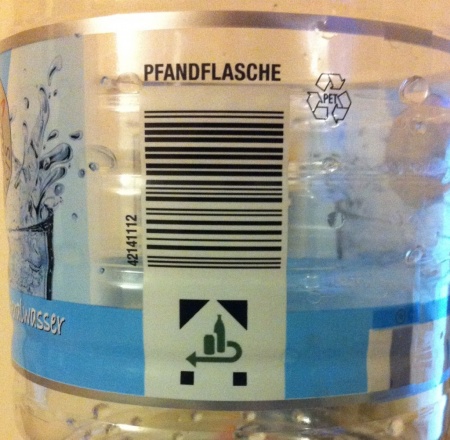L’écologie est très importante, et la plupart de pays fait le recyclage des matériaux, on a des poubelles séparés pour la glace, pour le papier et en France par exemple il arrive que les gens qui ne le respectent pas doivent payer l’amande. Les allemands étaient le plus créatifs dans résoudre de ce problème et ils ont crée le Pfand- ils vous donnent de l’argent !
Il existe un site internet www.pfandgeben.de ou vous choisissez votre quartier et on vos offre des numéros de téléphone à appeler. Cette personne va venir chercher au minimum 20 bouteilles sur votre adresse. On les amène après dans les machines à Edeka, Rewe, Lidl, Aldi ou Penny et pour une bouteille de glace, on obtient 0,08 e et pour une bouteille de plastique et canette 0,25 e. il faut déposer tous les bouteilles, appuyer sur le bouton et vous recevez un ticket lequel vous pouvez donner à la caisse et demander l’argent.
Vous pouvez reconnaitre les bouteilles de Pfand par l’inscription qu’elles ont sur l’étiquète- Pfand zuruck , ou qui ne le sont pas il est écrit- ohne Pfand.
Vous pouvez toujours voir dans les U-Bahns et à cote des poubelles, des bouteilles vides attendant quelqu’un qui va les prendre et prendre de l’argent.



